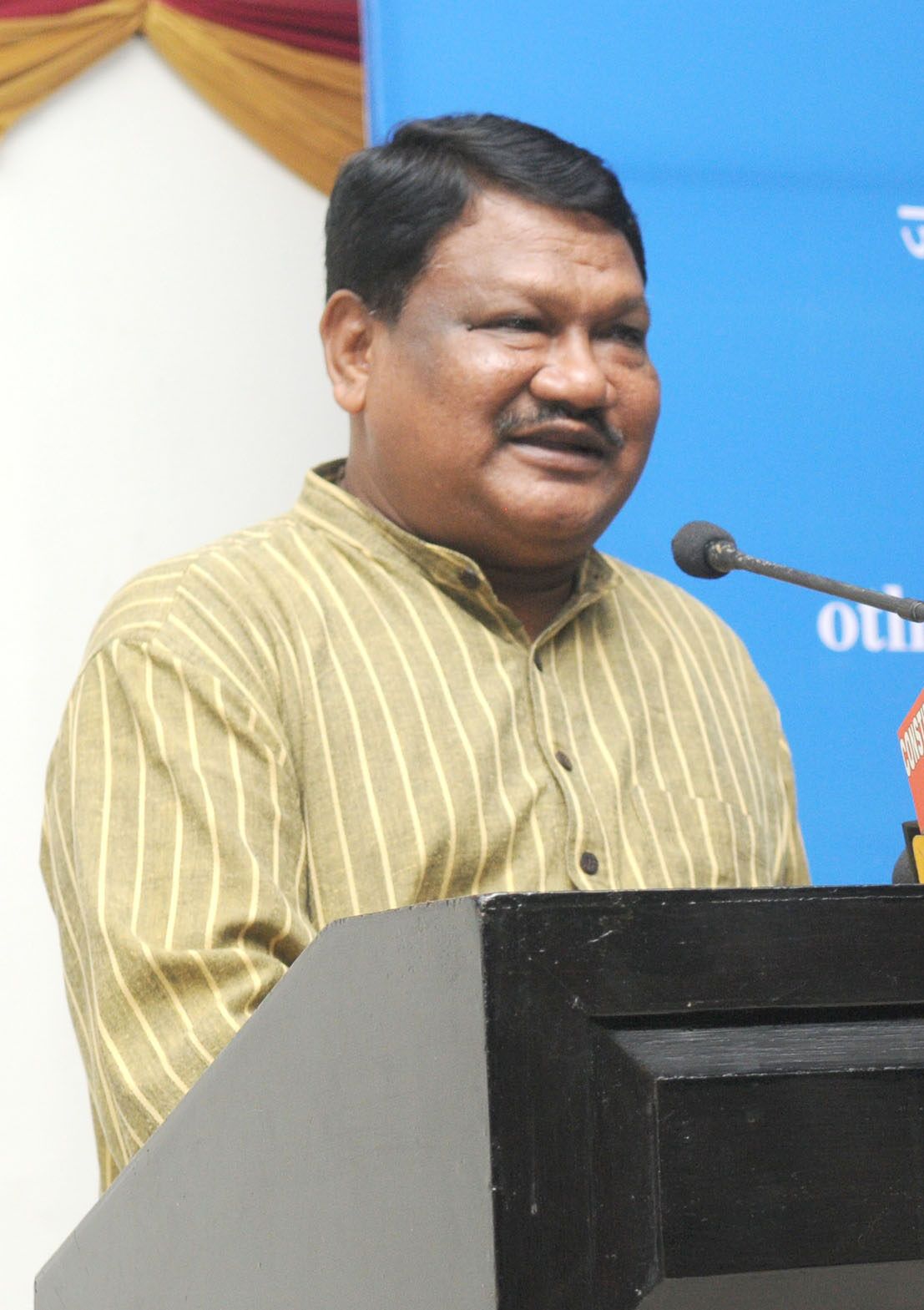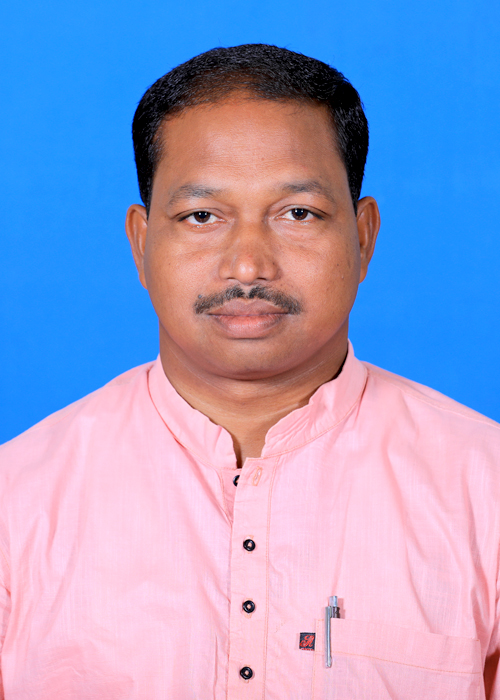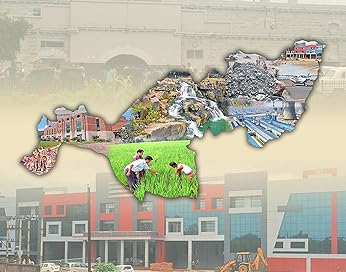Sundargarh District was constituted on the 1st January, 1948, out of the two ex–States of Gangpur and Bonai, which merged with Odisha on that day. True to its name, this beautiful District of Sundargarh with about 43 percent of its total area under forest cover and numerous colourful tribes dotting its landscape and with abundant mining potential is bounded by Ranchi District of Jharkhand on the North, Raigarh District of Chhatisgarh on the west and North West, Jharsuguda, Sambalpur and Angul Districts of Odisha on the South and South East and Singhbhum District of Jharkhand and Keonjhar District of Odisha on the east.
The Sundargarh town is the district headquarter. Geographically, the district is not a compact unit and consists of widely dissimilar tracts of expansive and fairly open, dotted with tree, clad isolated peaks, vast inaccessible forests, extensive river valleys and mountainous terrain. Broadly speaking, it is an undulating tableland of different elevations broken up by rugged hill ranges and cut up by torrential hill streams and the rivers IB and Brahmani. The general slope of the District is from north to south. Because of this undulating, hilly and sloping nature of landscape, the area is subjected to rapid runoff leading not only to soil erosion but also to scarcity of water for both agriculture and drinking purposes. Brahmani, Sankh, Koel and IB are the major rivers flowing though this District. Covering a geographical area of 9712 sq.kms, Sundargarh District is the second largest District of the state, accounting for 6.23 percent of its total area. Out of this total area, forests cover 4232.57 sq km, this being the second largest in the state, accounting for 8.53 percent of the state total.
Sundargarh District has 3 sub divisions, 16 Tehsils, 17 Blocks and 262 Gram panchayats. Topographically, this district is located between latitude 21 degree 36’ N to 22 degree 32’ N and longitude 83 degree 32’ E to 85 degree 22’ E. The population of this District is 2,080,664, this being the fifth most populous District of the state. Its rural population exceeds twelve lakhs and the urban population is more than six lakhs. The male literacy rate is 82.13 and female literacy rate in the District is 65.93.
The climate of this District is characterized by extremely hot summers and cool winters. Climate is hot & moist sub humid. Normal rainfall of the District is approximately 1230 mm, but there is a deviation in receipt of rainfall pattern which is influencing crop production.
Sundargarh is recognized as an industrial district in the map of Odisha. Steel Plant, Fertilizer Plant, Cement factory, Ferro Vanadium Plant, Machine building factory, Glass and china clay factory and Spinning mills are some of the major industries of this District. Sundargarh occupies a prominent position in the mineral map of Odisha and is rich in iron ore, limestone, manganese, dolomite, and fire clay. Major industries are the Odisha Cements ltd, Hart Fertilizers Ltd, and Odisha Industries Ltd. The industrial town of Rourkela in this District has the first government sector plant built with foreign collaboration and was the first in India to use LD oxygen technology.
Still, more than 50 percent of the people earn their livelihoods from agriculture and allied sectors. Sundargarh District is coming under the North Western Plateau Zone as per the agro climatic zone of Odisha. Soil group of the Sundargarh district is mixture of red and yellow soil. Out of the 3,13,000 hectares of cultivated land, 52 percent is upland, 30 percent is medium land and 18 percent is low land. As paddy is the main crop, 75 percent of the land is covered with paddy during Kharif. Due to limited irrigation facilities, 24 percent land is irrigated during Kharif and 8 percent of land is irrigated during Rabi.
The education circle of Sundargarh revenue District was bifurcated from Sundargarh to Sambalpur education circle and came to existence since 1968 with area of operation within the geographical territory of Sundargarh revenue District. There are several educational institutions in Sundargarh District. National Institute of Technology NIT at Rourkela, Government college Rourkela, S.G. Women’s College Rourkela etc are prominent among them.
Sundargarh District celebrates many festivals around the year. Important festivals of the District are Nuakhai, Rath Yatra, Ramanavami and Nama Sankirtana. Nama Sankirtana is a form of worshipping Lord Krishna and Lord Rama in a gathering.
Sundargarh District is one of the tourist attraction spots of Odisha. The District is visited by a large number of tourists round the year. Places like Rourkela, Vedavyasa, Manikmonda, Manindra dam, Ghogar, Khandadhar and Darjeeng are the important tourist spots of the district.
Public Representatives
List of Members of Parliament of the District
| Sl.No | Constituency Name | Name of MP | Photo |
| 1 | Sundargarh | Jual Oram |  |
List of Member of Legislative Assembly of the District
| Sl. No. | Constituency name | Name of MLA | Photo |
| 1 | 08-Talsara | Bhabani Shankar Bhoi |  |
| 2 | 09-Sundargarh | Kusum Tete |  |
| 3 | 10-Biramitrapur | Shankar Oram | |
| 4 | 11-Raghunathpali | Subrat Tarai |  |
| 5 | 12-Rourkela | Sarada Prasad Nayak |  |
| 6 | 13-Rajgangpur | C. S. Raazen Ekka |  |
| 7 | 14-Bonai | Laxman Munda |  |








